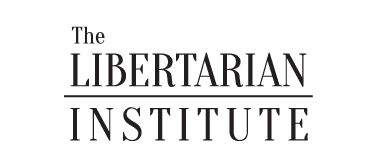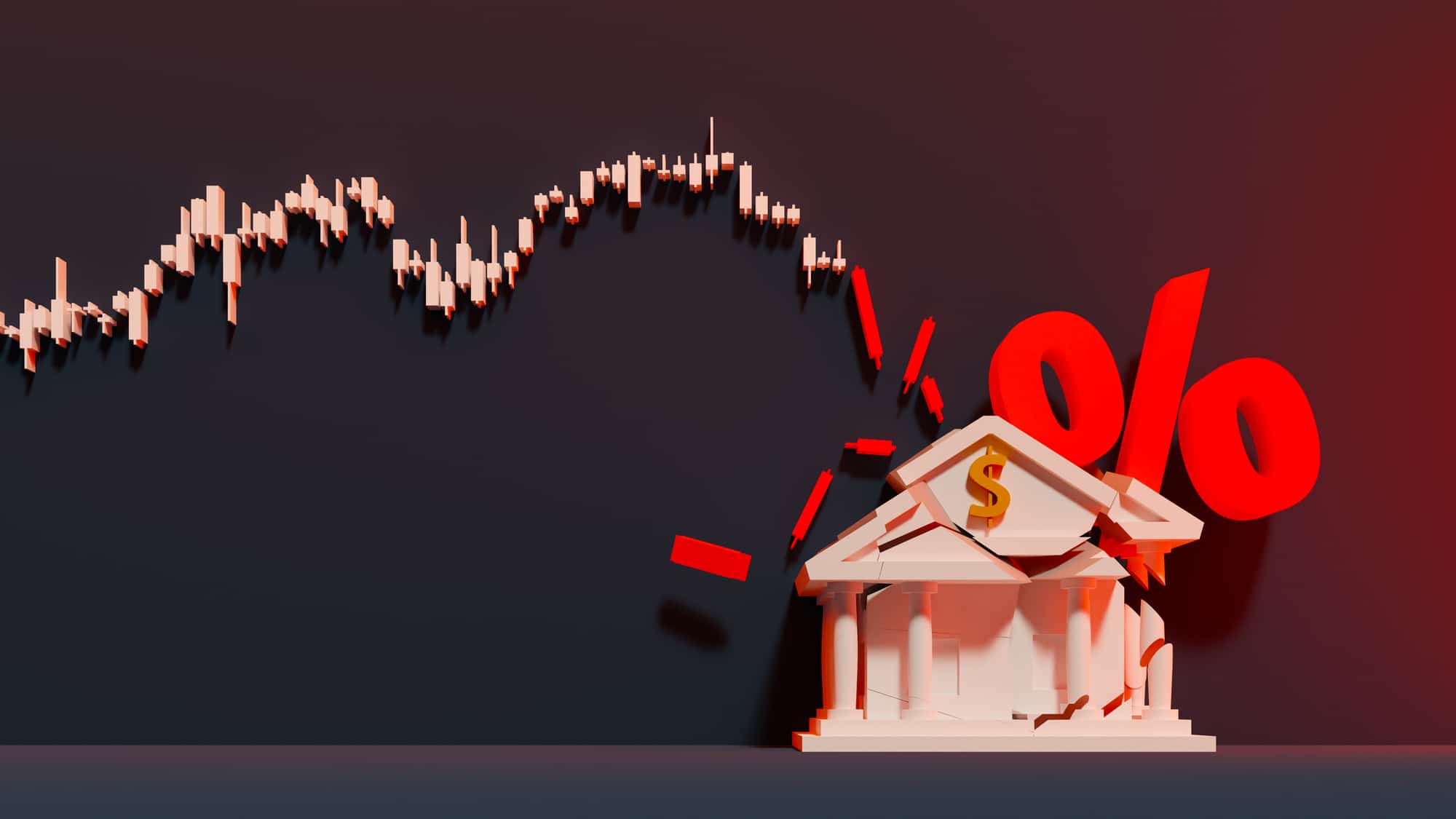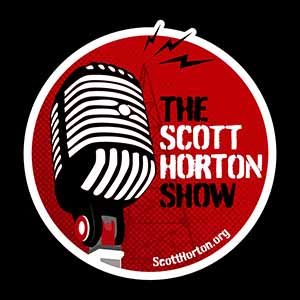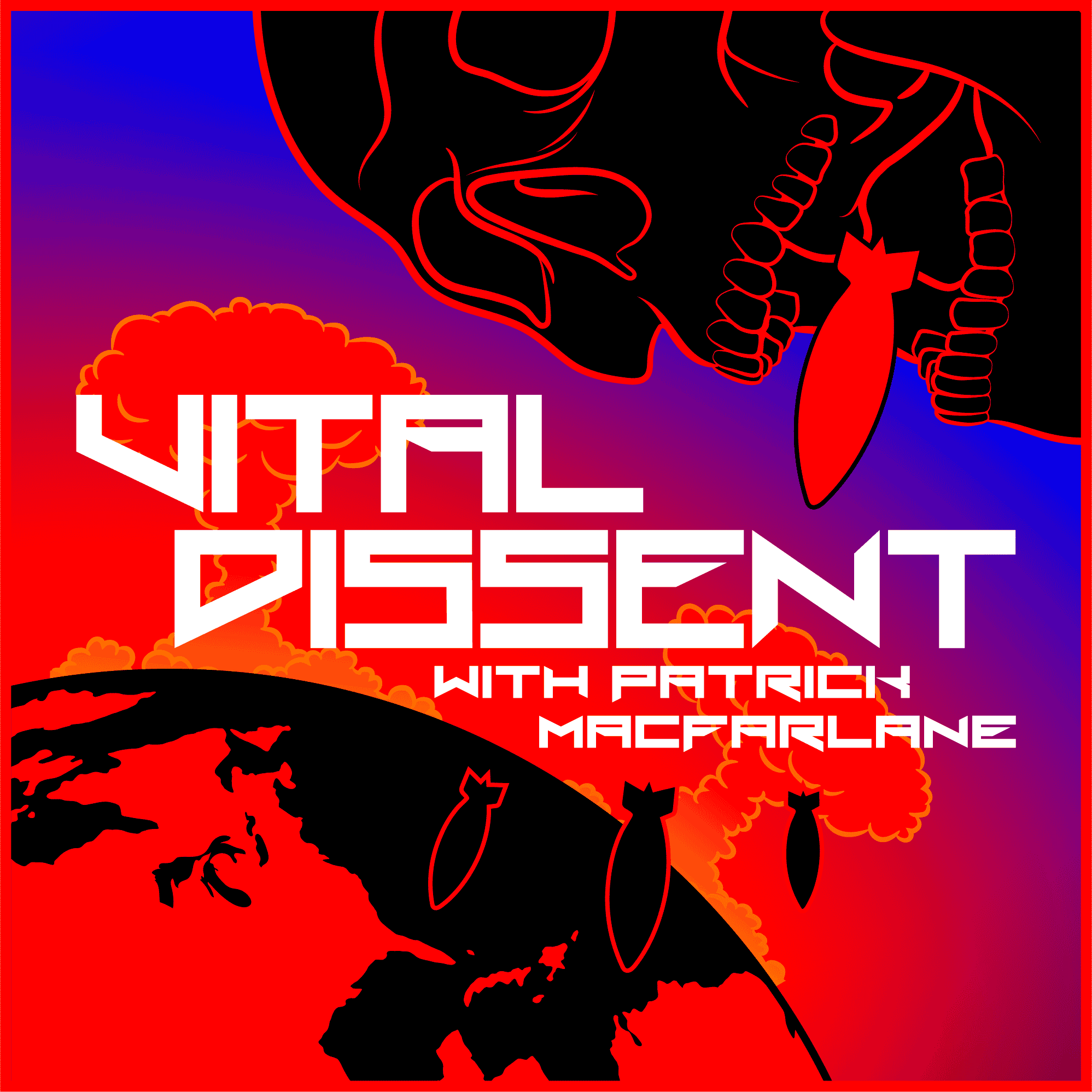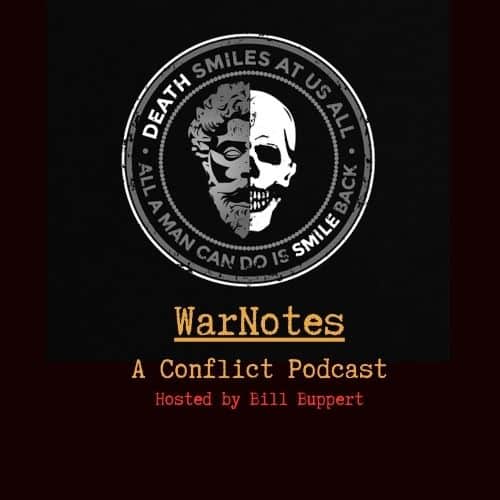With Jerome Powell and the Federal Reserve beginning a cutting cycle, it is worth revisiting why the Feds manipulation of interest rates is not a harmless (if misguided) technocratic tool for attempting to “fine-tune” the economy, but is instead a source of deep distortion. This is because, as the Austrian School of economics has long argued, that artificially suppressing rates not only misleads investors but creates systemic fragility. One key mechanism by which this occurs is the phenomenon of “reaching for yield.” When safe assets offer little return because monetary policy holds the underlying interest rate down, investors rationally—but destructively—move into riskier categories of assets in search of income.
In a free market, interest rates coordinate intertemporal exchange. They reflect time preferences: how much people are willing to defer consumption today in favor of more tomorrow. Higher savings rates tend to lower interest rates, making long-term investment more affordable; stronger demand for present consumption pushes them higher. Rates are not arbitrary but are signals of real conditions in the structure of production and consumption.
When central banks intervene—by flooding credit markets with liquidity or pegging policy rates below their market level—they mute these signals. Low yields on government and high-grade corporate debt no longer reflect abundant genuine savings but instead the artificial creation of credit. For investors managing pensions, endowments, or insurance portfolios, suppressed yields on “safe” assets leave little choice but to assume more risk.
The shift into riskier assets is not a product of irrational exuberance alone. It is a rational response to an environment where safe bonds pay next to nothing—especially in real year, which is the yield minus the rate of inflation. Austrians emphasize that the problem is systemic, not psychological: the structure of incentives pushes capital into areas it otherwise would not go.
- Junk Bonds and Leveraged Loans: When Treasuries yield 1–2%, investors pour funds into lower-grade, higher yielding debt, fueling borrowing binges by highly leveraged corporations.
- Housing and Real Estate: Artificially cheap mortgages boost demand, inflating housing markets.
- Equities and Tech Speculation: Valuations rise not only because firms are more profitable, but because investors are desperate for returns unavailable in fixed income.
- Exotic Alternatives: Hedge funds and private equity attract flows as investors stretch further into illiquid, opaque assets.
This “hunt for yield” explains why periods of ultra-low rates are often accompanied by frothy valuations across multiple asset classes.
For Austrians, this is not a side effect but the essence of the boom-bust cycle. Artificial credit expansion lowers rates, setting off a boom as entrepreneurs undertake projects that seem profitable at cheap financing costs. But because these projects are not grounded in genuine savings, they represent malinvestment.
When rates rise again—or when credit conditions tighten—the unsustainability of these projects becomes evident. Losses mount, layoffs spread, and recession sets in. The crisis is not caused by some exogenous shock but is the inevitable correction of distortions introduced during the boom. As economist Ludwig von Mises wrote, the bust “is nothing but the process of liquidating the errors of the boom.”
The dot-com bubble of the late 1990s, the housing bubble of the 2000s, and the everything-bubble of the post-2008 quantitative easing era all bear the same hallmarks. In each case, policymakers held rates down, arguing that extraordinary measures were needed to sustain growth. In each case, investors rationally reached for yield, inflating equities, housing, or alternative assets. And in each case, the correction was painful.
After the 2008 financial crisis, the Federal Reserve embarked on zero-interest-rate policy (ZIRP) and successive rounds of quantitative easing. The result was predictable: an explosion in corporate debt, record equity valuations, and trillions funneled into speculative technology ventures. Pension funds and endowments, unable to earn returns in Treasuries, poured money into private equity and venture capital—helping to fuel the rise of “unicorns” with sky-high valuations but little prospect of profitability.
The housing market, too, became unmoored. By 2021, with mortgage rates still at historic lows, U.S. housing prices surged more than 40% above pre-pandemic levels. When inflation forced the Fed to tighten, housing affordability collapsed and speculative tech firms dependent on cheap financing faltered. The cycle unfolded as Austrian theory predicted: malinvestment on the upswing, painful liquidation on the downswing.
Today, as Powell and the Fed turn once again toward easing, the risks of renewed distortion loom large. After the inflation scare of 2021–2023, rates briefly approached levels more in line with long term trends. Now, by cutting again, the Fed risks reigniting the same hunt for yield, planting the seeds of the next crisis even as the last one remains unresolved.
The structural consequences are severe. Corporate America has gorged on cheap debt, with balance sheets bloated by borrowing to fund stock buybacks and leveraged acquisitions. Governments themselves are addicted to low rates; with U.S. federal debt at over $37 trillion, even small upward shifts in yields threaten fiscal sustainability. And households, squeezed by high housing prices, are being told to celebrate another round of cheap credit that will only further inflate the cost of living.
Mainstream economists often dismiss Austrian warnings as ideological. Yet the empirical record continues to bear them out. Artificially low rates do not create wealth; they reallocate risk and misallocate capital. They do not abolish scarcity; they conceal it behind a wall of cheap credit. They do not stabilize economies; they destabilize them by encouraging a reach for yield that inflates bubbles and makes crises more severe.
The Federal Reserve’s defenders argue that cutting rates provides stimulus and avoids downturns. Austrians counter that the downturns are the necessary correction of earlier distortions, and that prolonging the boom merely sets the stage for a worse bust. As economist Murray Rothbard put it, “The boom, then, is actually the misallocation of resources, and the bust is the painful but necessary readjustment.”
With the Fed once again embarking on a cutting cycle, it is crucial to recall the Austrian insight: suppressing rates distorts the market’s most vital coordinating mechanism. Investors reach for yield because they must, not because they are reckless. But this process channels capital into unsustainable ventures, fuels asset bubbles, and magnifies systemic fragility.
If economic history has taught anything, it is that each round of suppression creates the conditions for the next crisis. Rather than chasing illusory stability through manipulation, policymakers should let interest rates do their job: signal real savings, risk, and time preference. Until they do, investors will keep reaching for yield—and the cycle of malinvestment and collapse will continue.
